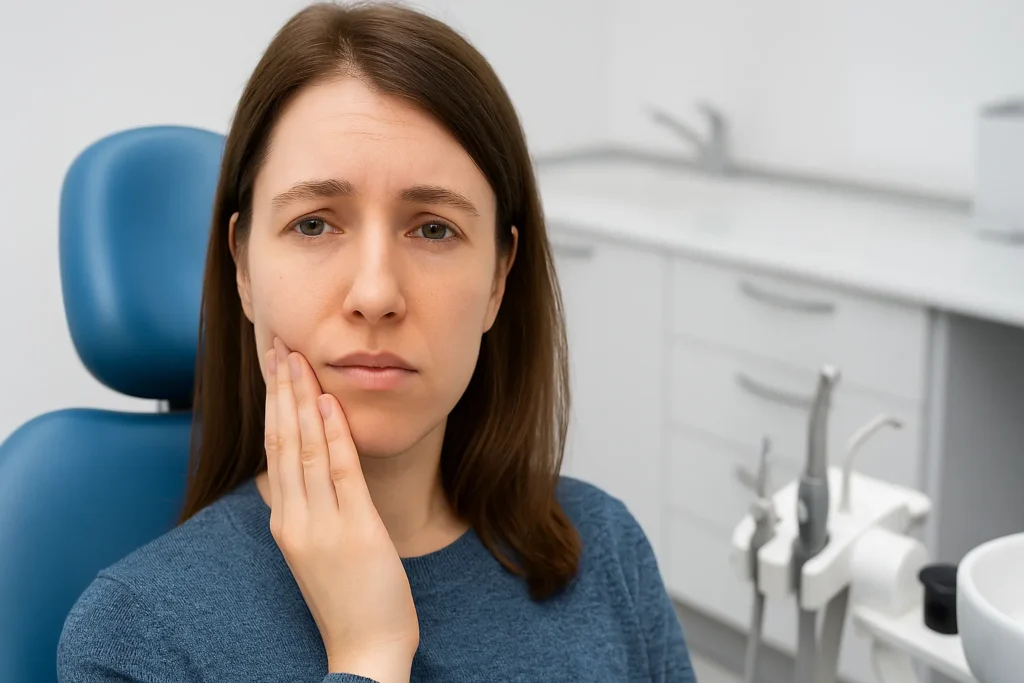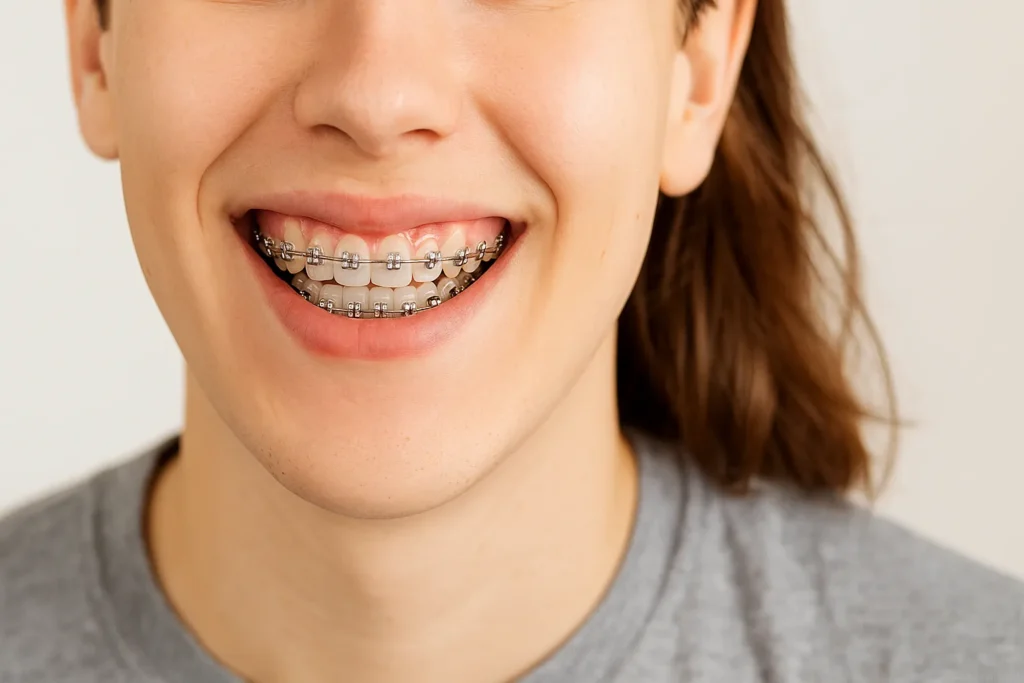If you’ve ever wished for straighter teeth without the metal brackets and wires, chances are Invisalign has caught your attention. But just like anyone starting this clear aligner journey, one of the first questions that probably popped into your head is: “How long does Invisalign take?” It’s a valid concern, and the answer isn’t one-size-fits-all. Let’s break it down clearly and simply so you know exactly what to expect if you’re considering Invisalign.
What Is Invisalign and How Does It Work?
Before diving into the time frame, let’s quickly touch on what Invisalign really is. Invisalign is a type of orthodontic treatment that uses a series of clear, removable aligners to gradually shift your teeth into the desired position. These aligners are custom-made for your teeth and changed every 1–2 weeks. Unlike traditional braces, there are no wires or brackets involved. This makes Invisalign a popular choice for adults and teens alike who want a more discreet and comfortable orthodontic option.
Average Time: Invisalign, How Long Does It Take?
So, invisalign how long does it take overall? On average, treatment takes 12 to 18 months, but that range can vary significantly depending on the complexity of your case.
Here’s a general breakdown:
| Case Type | Estimated Invisalign Time |
| Mild crowding or spacing | 6–9 months |
| Moderate alignment issues | 12–18 months |
| Complex cases (bite issues) | 18–24 months |
You’ll start noticing some visible improvement within a few weeks, but the full transformation takes time. Patience pays off when you’re aiming for that perfect smile.
Factors That Influence How Long Invisalign Takes
Wondering why some people are done in 6 months while others take nearly 2 years? Several factors come into play:
1. Severity of the Case
If your teeth only need minor tweaks, you’re looking at a shorter treatment. But if your teeth are severely misaligned or rotated, it’ll take longer.
2. Type of Dental Issue
Some issues like crowding or gaps are easier to fix. But when it comes to correcting bite issues like overbites or underbites, the timeline extends.
3. Consistency in Wearing Aligners
This is a big one. Invisalign works only when you wear the aligners 20–22 hours a day. Taking them out too often or forgetting to wear them can delay your results.
4. Age
While Invisalign works for all ages, younger people tend to see faster results because their jaw and teeth are still developing and easier to move.
How Long Does Invisalign Take to Fix Overbite?
If you’re specifically asking, “how long does Invisalign take to fix overbite?”, the answer is usually 12 to 24 months, depending on the severity. Mild overbites can be corrected in about a year, while more pronounced cases may require attachments (small tooth-colored bumps) and additional refinements.
In some cases, Invisalign may be combined with rubber bands or other appliances to help move the jaw, which can add a few more months to your treatment plan.
How Long Does Invisalign Take to Work?
Now let’s talk about results. How long does Invisalign take to work, as in, when will you see changes?
- First few weeks: You may start noticing minor shifts in your teeth.
- After 3 months: Most people begin to see visible alignment improvements.
- Mid-treatment: Teeth have shifted significantly, and bite is being refined.
- Final stage: Finishing touches are made for perfect positioning.
So while you might start seeing results early, the full transformation is gradual and depends on consistent aligner use and your orthodontist’s plan.
How to Speed Up Your Invisalign Results
If you’re eager to wrap things up sooner, here’s what can help:
- Wear Your Aligners Religiously: Aim for 22 hours a day, no exceptions.
- Switch Aligners on Schedule: Never delay moving to the next set.
- Practice Good Oral Hygiene: Healthy gums and teeth respond better to treatment.
- Attend All Your Appointments: Skipping checkups can delay progress.
Quick tip: If you’re wondering How Salt Keeps Dental Problems Away, it’s because saltwater rinses reduce inflammation and help maintain gum health, something that definitely supports smoother orthodontic treatment.
When to Consider Alternatives Like Veneers or Other Treatments
While Invisalign works great for many cases, it’s not for everyone. If you’re mainly concerned about the appearance of your teeth (like size, color, or shape), and not alignment, veneers might be a faster option.
Curious about the cost? This guide on How Much Are Veneers can help you compare options and decide what fits your needs and budget.
What If You Have Gaps Between Teeth?
If gaps are your primary concern, Invisalign is usually very effective at closing them. However, some people may also try at-home techniques or prefer natural remedies. If that sounds like you, read this insightful post on How to Reduce Gap Between Teeth Naturally to explore your options.
Can Invisalign Be Combined with Other Treatments?
Yes, and sometimes it’s even recommended. For example:
- After a Root Canal: You might wonder How Long Does a Root Canal Take before you can begin or resume Invisalign. Typically, once healing is complete and the dentist gives you the green light, you can proceed.
- With Whitening: Many people choose to whiten their teeth during or after Invisalign.
- With Retainers: After completing Invisalign, you’ll need retainers to keep your smile in place long-term.
Final Thoughts:
Absolutely. While the treatment may take anywhere from 6 to 24 months, the results, both cosmetic and functional, can be life-changing. You’ll not only have a more confident smile but also a healthier bite and easier dental hygiene. Remember, the key to faster and more effective Invisalign results is consistency. Wear your aligners, stick to your orthodontist’s plan, and take good care of your teeth. Because when it comes to Invisalign, patience isn’t just a virtue, it’s part of the smile.













